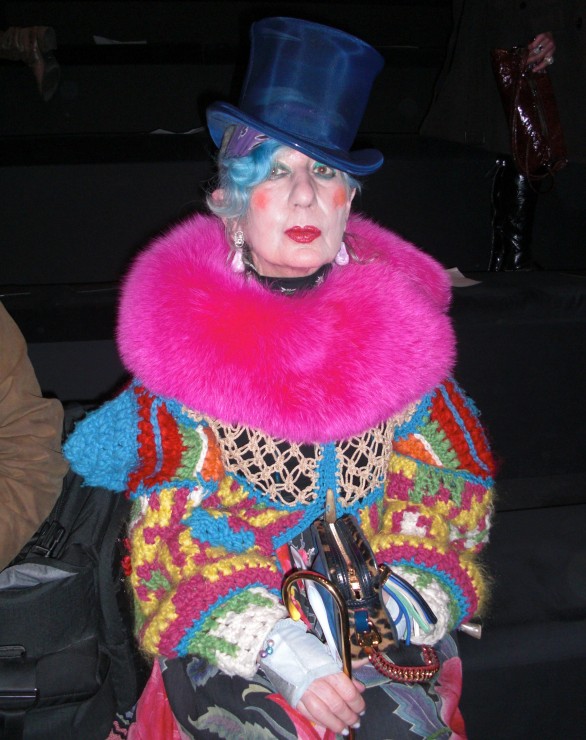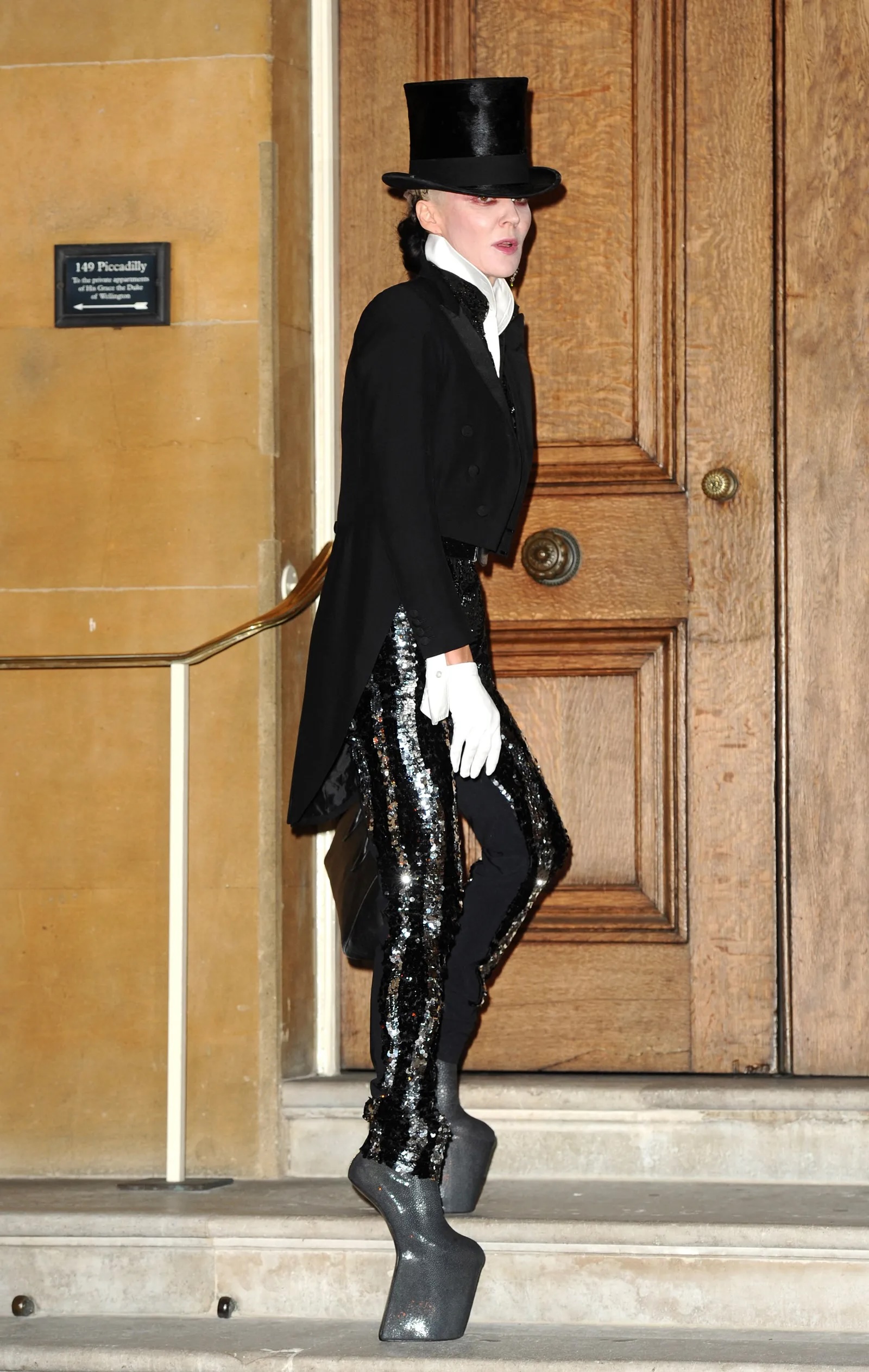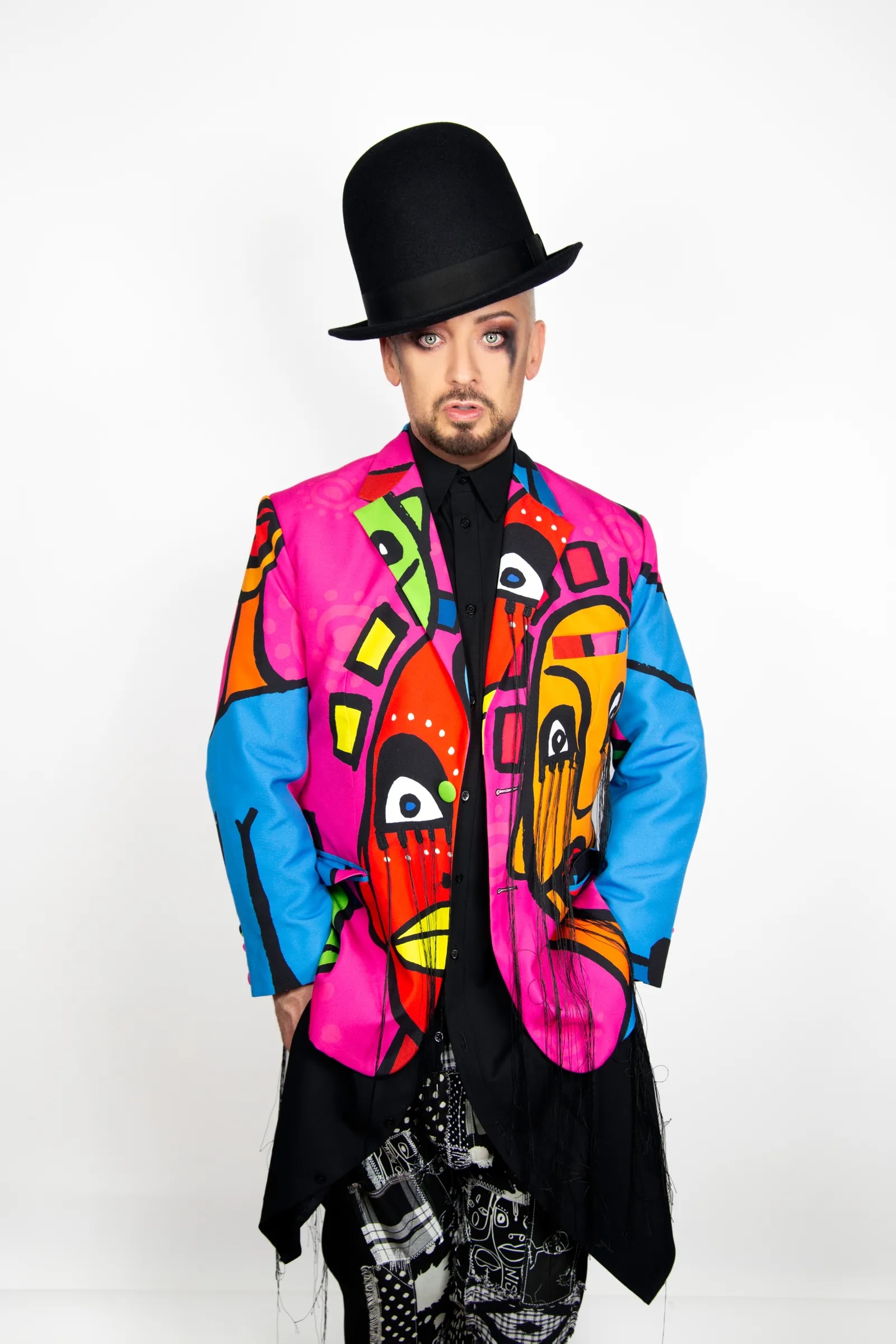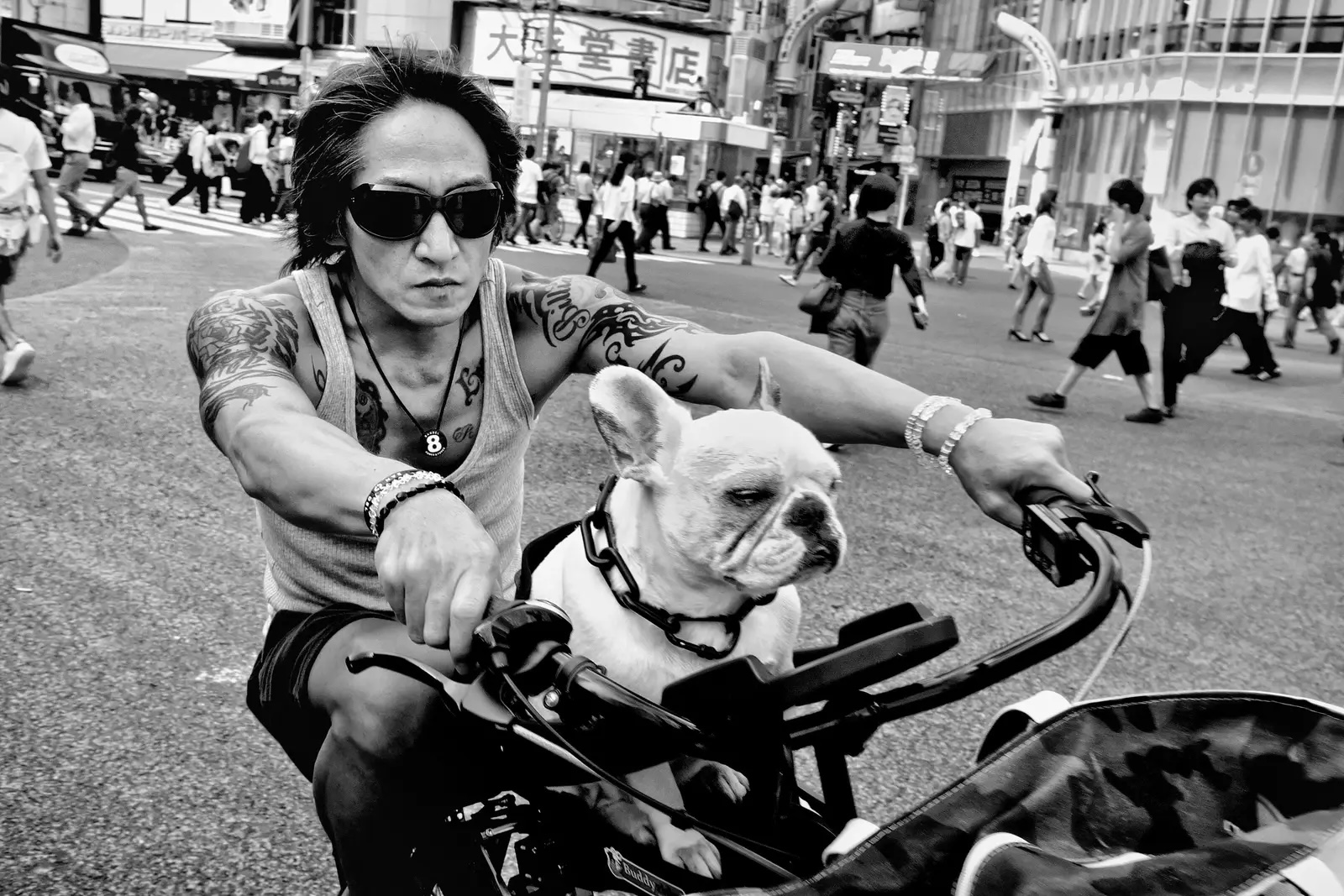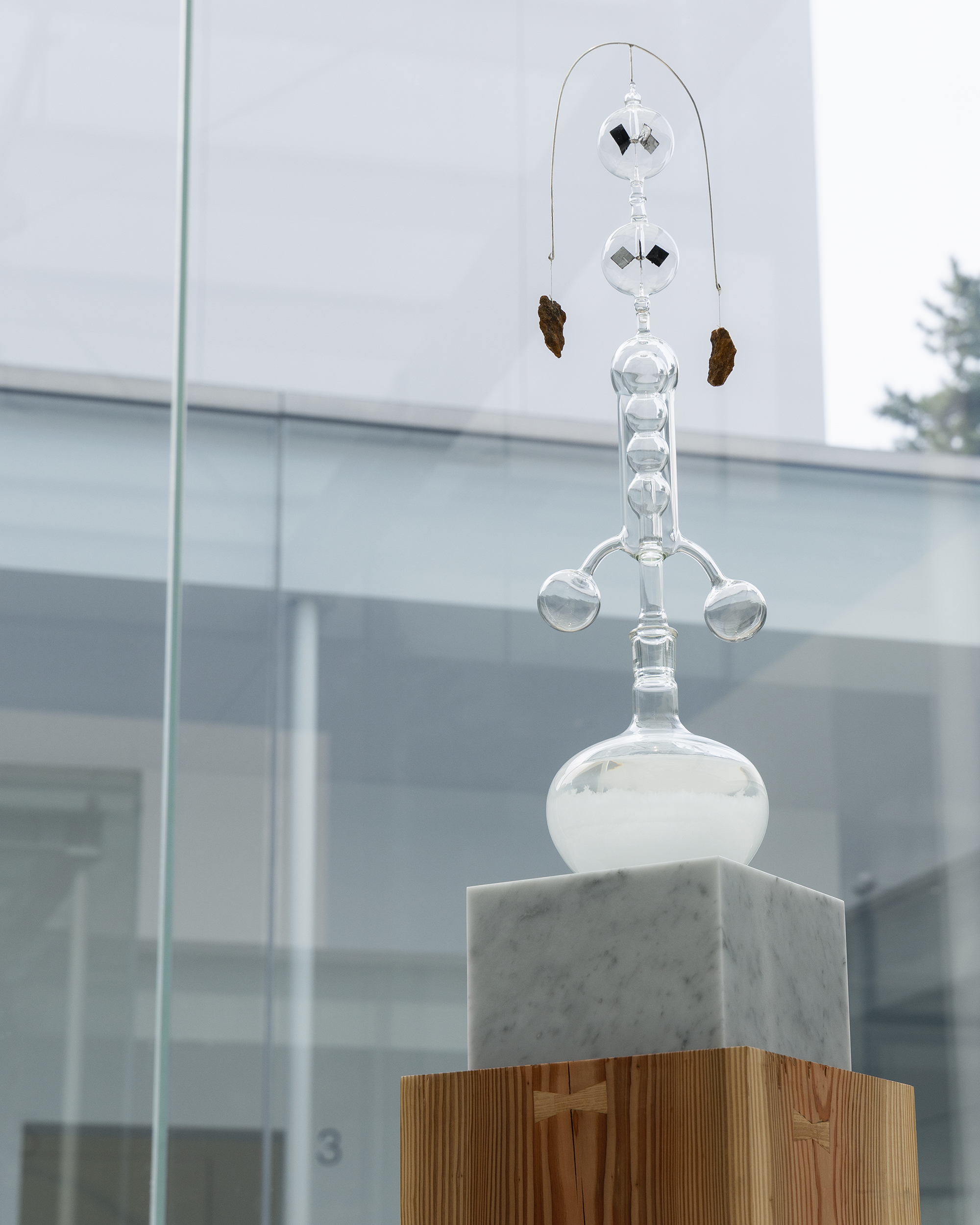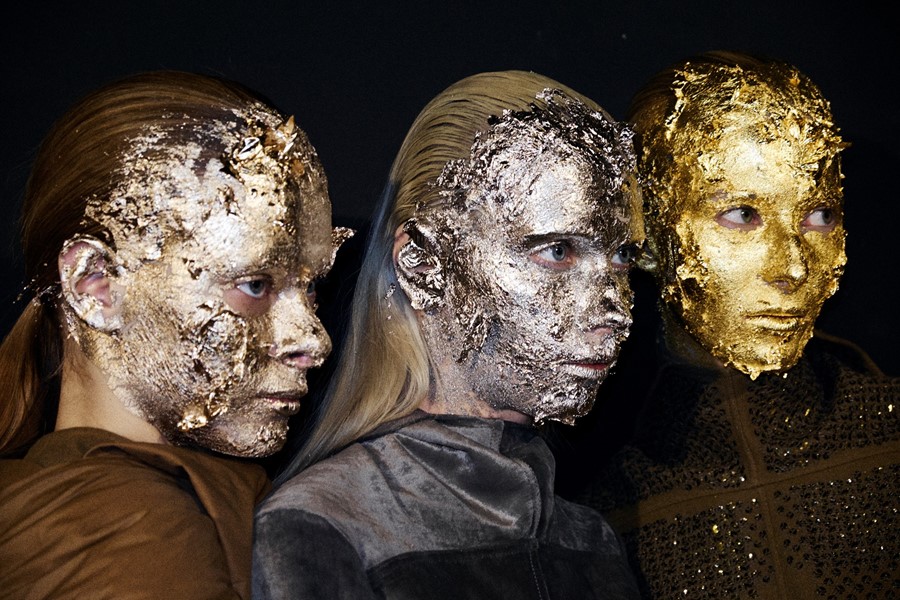Fashion, Surrealism, and the New Norms
Forget Schiaparelli for a moment,
we won’t be discussing it.
Yes, Daniel Roseberry’s lion-headed couture roars loudly,
but this isn’t about gilded surrealism for the sake
of a viral moment.
Grotesque fashion does more than turn heads
— it obliterates conventions.
This is about how fashion
— when it dives headfirst into the grotesque and surreal
— does more than shock:
It become a way to under weight our insecurities
and the relentless grip of impossible beauty standards.
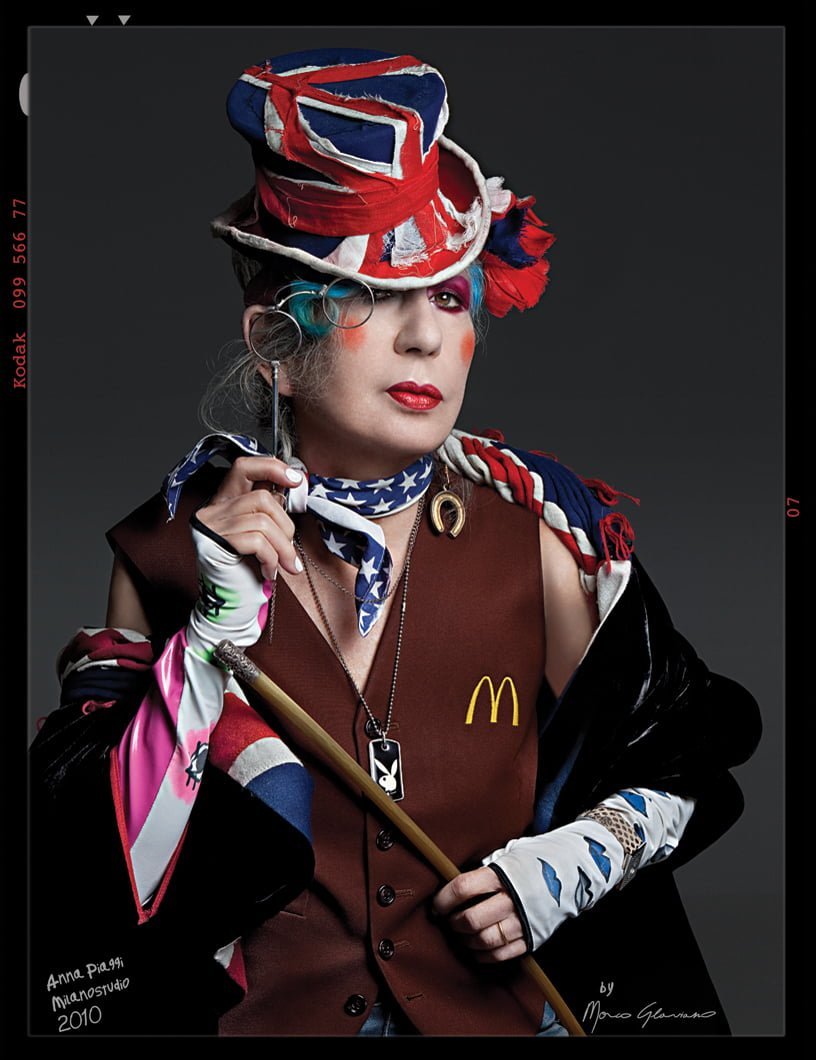
Why It All Matters? Because Fashion is a Battleground of Ideas, Norms and Ideology
Grotesque and surreal fashion don’t just push boundaries
— they annihilate them.
They challenge our notions of what’s acceptable, beautiful, or wearable.
And in doing so, they invite us to reimagine ourselves
beyond the limits of tradition.
Here’s the truth…
We shouldn’t feel, or worse, be told we’re courageous
for dressing the way we want.
That label comes from those who are still lost in the bland life
of beige minimalism, while others push boundaries, not for shock value,
but to redefine what beauty, art, and identity mean in our modern world.
So how does grotesque fashion rewrite the rules? Let’s dive in!
1. The Body? Deconstructed!
Rei Kawakubo’s lumps-and-bumps collection for Comme des Garçons (1997). It reshaped the human form with bulging, tumorous silhouettes that disrupted centuries of Western ideals about proportion and beauty.
Fast-forward to Balenciaga’s show, where Demna’s distorted silhouettes with over-padded shoulders and shrunken waists made one thing clear:
the “ideal body” is a myth begging to be dismantled.
These aren’t just clothes — they’re critiques,
bold rejections of outdated norms.
2. Clothes That Dare to Be Strange !
Alexander McQueen’s exploration of the grotesque was nothing short of revolutionary. Collections likeVoss(2001) challenged traditional beauty standards by embracing the disturbing and the provocative.
Models were encased in a mirrored box, symbolizing society’s obsession with vanity, while the garments blurred the line between elegance and discomfort.
With materials ranging from razor clam shells to medical bandages, McQueen created unsettling yet breathtaking works of art that forced audiences to confront their preconceptions about fashion and the human form.
His grotesque wasn’t just aesthetic — it was philosophical, daring us to find beauty in what we fear, reject, or overlook.
Meanwhile, MSCHF’s Big Red Boots mock the entire idea of functionality.
They’re cartoonishly impractical, but that’s the point — they ask us to laugh at fashion’s seriousness and reimagine what fashion
can and should be.
3. Grotesque Glamour
John Galliano’s Maison Margiela Artisanal Spring 2024 show under the
Pont Alexandre III turned grotesque into poetry.
Models, veiled and doll-like, stalked the runway as ghostly figures,
raw and haunting.
Loewe’s Jonathan Anderson took a subtler approach with gravity-defying trousers and trompe-l’oeil, proving that fashion doesn’t need to be practical
— or even logical to be desirable.
The grotesque glamorizes rebellion and makes the
uncomfortable beautiful.
4. Club Kids: The Originals of Outlandish
Before grotesque aesthetics hit high-fashion runways, they thrived
in the underground clubs of the 80s and 90s.
The Club Kids of New York and London turned nightlife into a theatrical spectacle, where the rule was simple: the stranger, the better.
Their spiked wigs, clownish makeup, and sky-high platforms weren’t just looks — they were acts of defiance.
John Galliano himself was shaped by this world. Before his rise in haute couture, he mingled with Club Kids in London, drawing inspiration for collections like his 1984Les Incroyables.
Galliano’s later grotesque visions at Maison Margiela owe much to these wild, rebellious nights.
Today, their legacy pulses through fashion’s boldest moments.
At one point, the world had visionaries like Anna Piaggi, Boy George, and David Bowie breaking boundaries and redefining style, and today, figures like Daphne Guinness stand as rare torchbearers of that fearless, unrestrained creativity.
The Question We Must Ask: Where Do Fashion Revolutions Live Now?
Clubs used to be the breeding grounds of fashion revolutions
— spaces where creativity collided in chaotic, raw ways.
But with clubs closing and social media taking center stage,
has the revolution gone digital?
Platforms like Instagram and TikTok amplify creativity,
but they can’t replicate the electric energy of a club.
There, you don’t curate — you collide.
The chaos, the sweat, and the spontaneity of human interaction
can’t be replaced by filters or likes.
While bedrooms incubate ideas, clubs were arenas
where creativity fought, fused, and flourished.
As nightlife fades and pixels dominate, we have to wonder:
Can the next fashion revolution thrive on a screen, or does the avant-garde need the visceral pulse of a crowd to truly ignite?
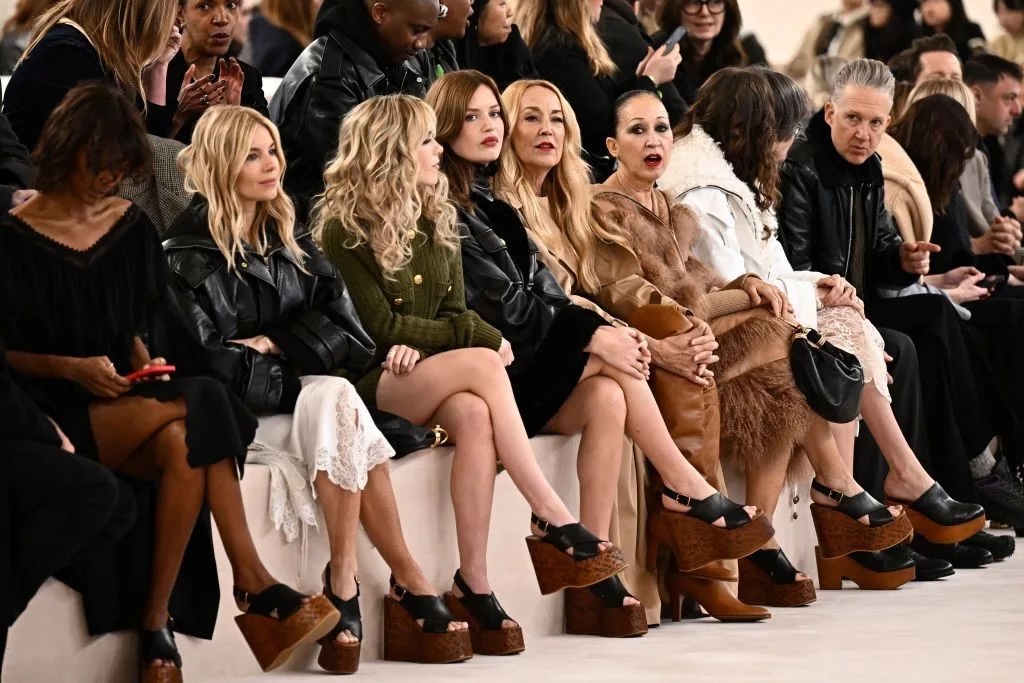
Today, individuality feels drowned in the sea of likes and algorithms. We’ve been trained to chase what already works, to replicate instead of innovate.
Even celebrities—those who once defined personal style — have become walking billboards for brands.
The clearest example? The front row at Chemena Kamali’s debut for Chloé, where every attendee wore identical wedge boots.
Personalities who are supposed to set trends, reduced to
mannequins of conformity.
Where’s the creativity, the rebellion, the spark that
makes fashion electric?
